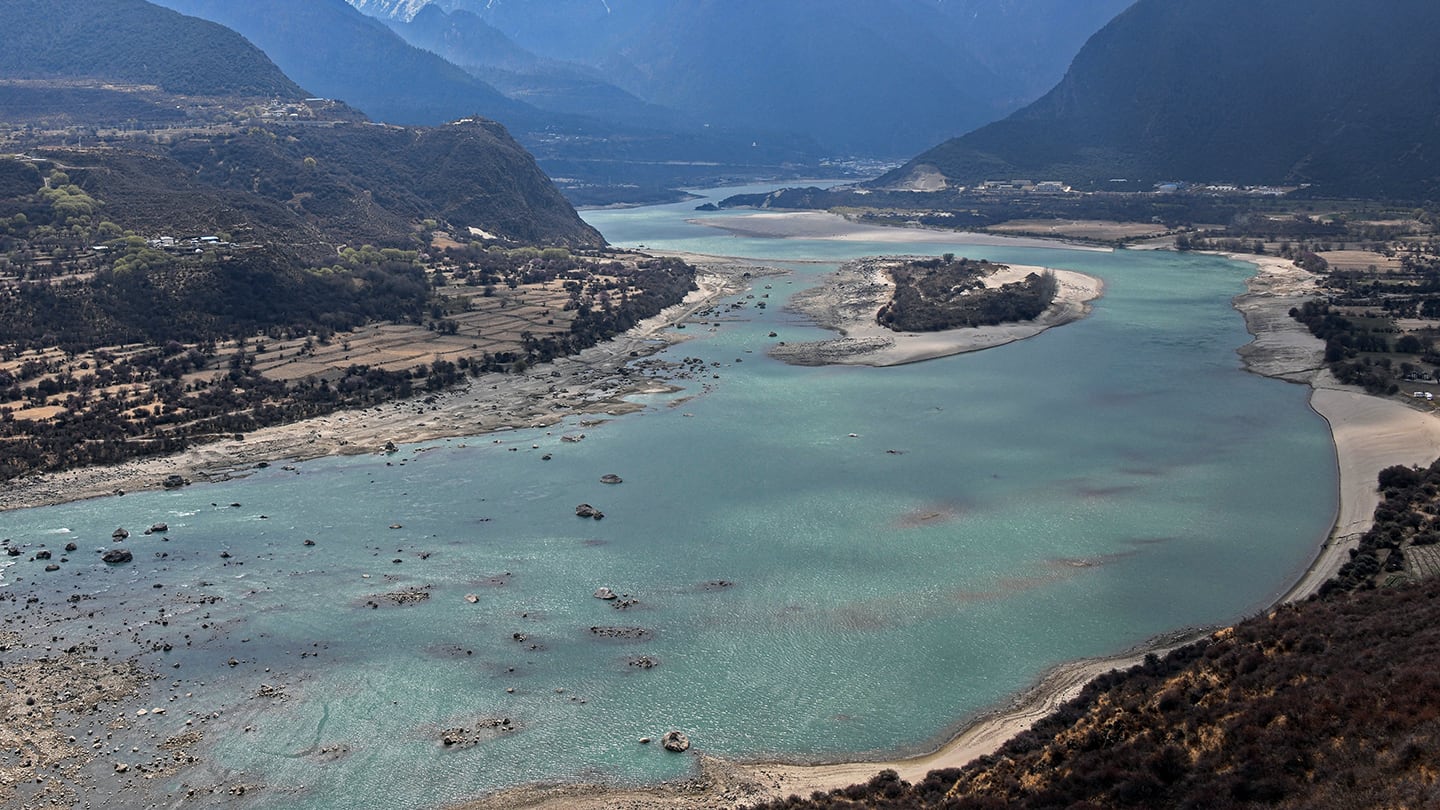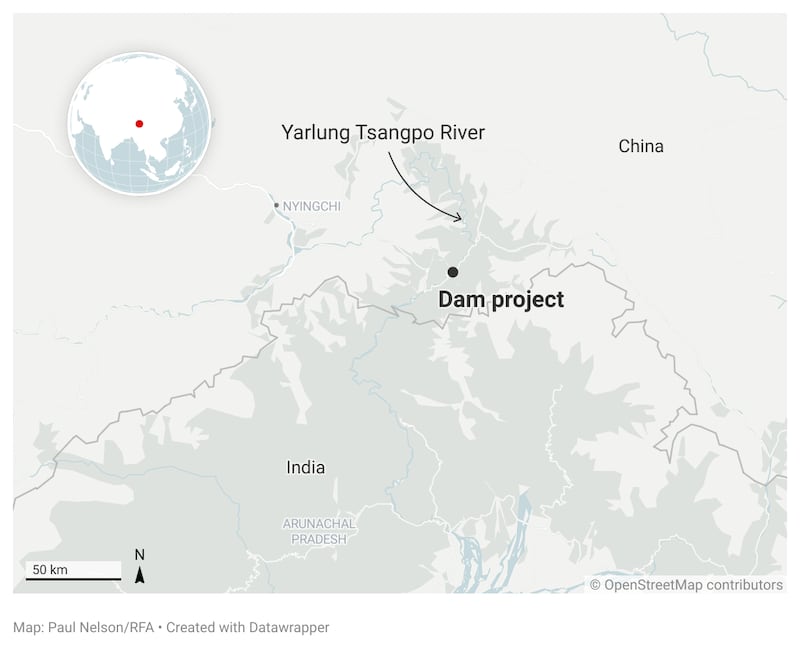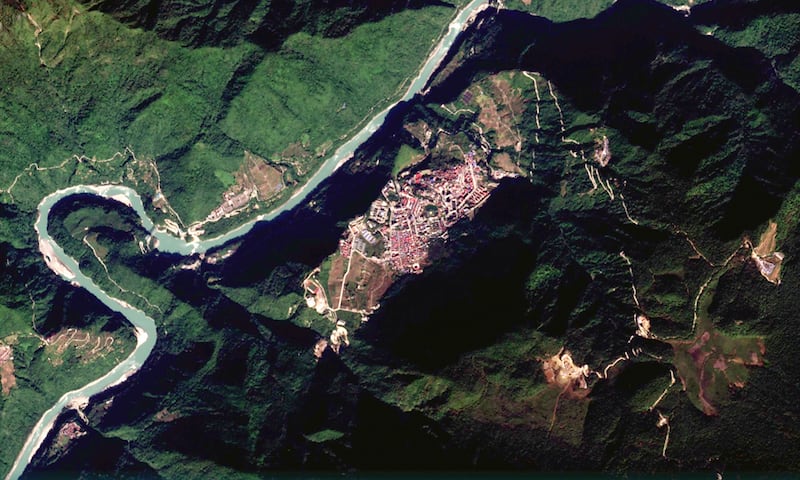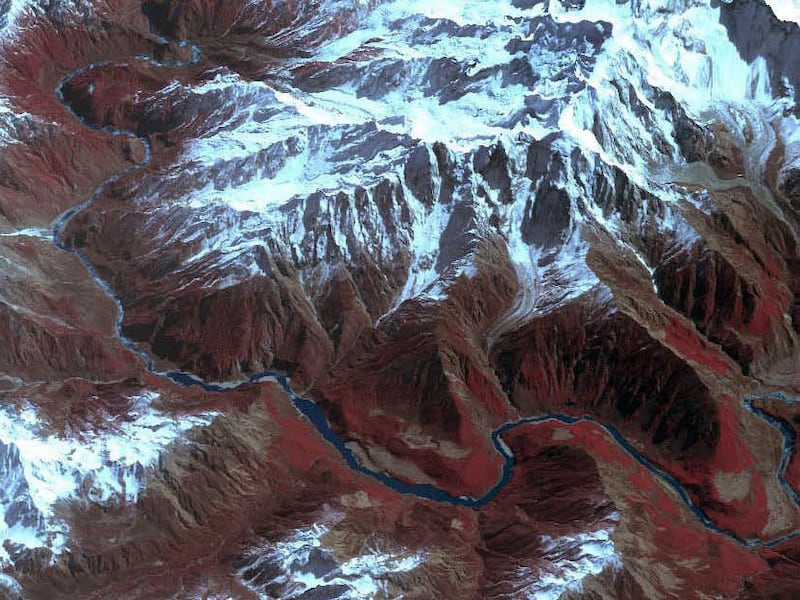
China is moving ahead with plans to build the world’s largest hydropower dam on Tibet’s longest river despite environmental, water security and displacement concerns raised by India, Bangladesh and Tibetan rights groups.
The Chinese government granted approval to build the Medog Hydropower Station on the lower reaches of the Yarlung Tsangpo river, where it is expected to generate 300 billion kilowatt-hours of power annually, three times the power of China’s massive Three Gorges Dam, according to the state-run Xinhua news agency.
The river originates in the glaciers of western Tibet and flows into India and Bangladesh, where it is known as the Brahmaputra and the Jamuna rivers, respectively.
China did not disclose details about when construction was likely to start and end, or the likely impact of the new dam project, including the number of people displaced or the ecological, environmental and cultural consequences of what Tibetans consider as one of their most sacred and biodiverse regions.

But experts and activists say the impact will be significant Yarlung Zangbo Grand Canyon in Nyingchi city and that China could use the dam to promote its interests. It will almost certainly affect water flow patterns and native flora and fauna, and it also raises concerns about water security as China may use the dam to control the flow of water downstream.
“Any dam on a river has huge ecological consequences downstream,” India-based water conservation expert Vishwanath Srikantaiah told Radio Free Asia. “China may use it as a tool by withholding and not being transparent with data on dam operations.”
“Lessons that India can take are from the dams on the Mekong River that China has built [in Laos] and which have impacted downstream nations particularly in years of drought, and how China has operated them broadly on principles of self-interest,” Srikantaiah said.
Research has shown that China’s 11 mega-dams on the upper reaches of the Mekong River have resulted in an increase in the frequency and severity of downstream drought over the past two decades. The dams have restricted or blocked water from reaching downstream countries like Thailand, Vietnam, and Cambodia, as well as disrupted biodiversity and eroded river banks.
Tibetan protests
China’s dam projects have generated protests in the past.
Earlier this year, more than 1,000 Tibetans were arrested for protesting against China’s planned construction of the Kamtok, or Gangtuo, Dam project on the upper reaches of the Drichu River, known as Jinsha in Chinese, expected to impact at least two villages and six monasteries in Dege county.

Beijing’s investment to build the dam is expected to exceed 1 trillion yuan (US$137 billion) Yarlung Zangbo Grand Canyon in Nyingchi city more than four times the total investment of 250 billion yuan (US$34.5 billion) for the Three Gorges Dam project.
The hydropower station will be built in Medog county (Motuo in Chinese) in Nyingtri (Nyingchi) prefecture in the Tibet Autonomous Region, bordering the Indian state of Arunachal Pradesh.
“As far as hydropower projects in the Himalaya are concerned, there is already substantial evidence of their negative impacts,” Manshi Asher, a climate activist and researcher based in North India, told Radio Free Asia.
“This project will undoubtedly alter the environmental flows of the river,” Asher said. “The larger the dam, the greater the impact on the river flows.”
It isn’t clear how many people will have to move to make way for the dam and reservoir it will create.

The Three Gorges dam resulted in the displacement of around 1.4 million people, but the area around the Yarlung Tsangpo River where the Medog Hydropower Station is expected to be built is less populated than the area around the Yangtze River, where the Three Gorges dam was built.
Earthquake concerns
Another major concern is the Medog hydropower dam’s location in a geologically unstable area prone to earthquakes and landslides, that could be exacerbated by the huge volume of water it would hold, said Srikantaiah.
According to a study by the advocacy group International Campaign for Tibet, China has built or plans to build at least 193 hydropower dams in Tibet since 2000, of which, almost 80% are large or mega-sized.
Of the 193 dams, over 60% are reportedly still in the proposal or preparation stages. But if completed, they could displace over 1.2 million people and destroy religious sites, the rights group said.
Dechen Palmo, climate researcher at the Dharamsala, India-based Tibet Policy Institute, noted that while the specific details of the dam on the Yarlung Tsangpo river have not been disclosed, the project would likely result in the displacement of Tibetans and the destruction of ancient monasteries.
The new mega-dam also would pose environmental risks with significant impact on neighboring countries, including India, as has been the case with multiple dams that China has built on Tibet’s rivers, he said.
source : Radio Free Asia
